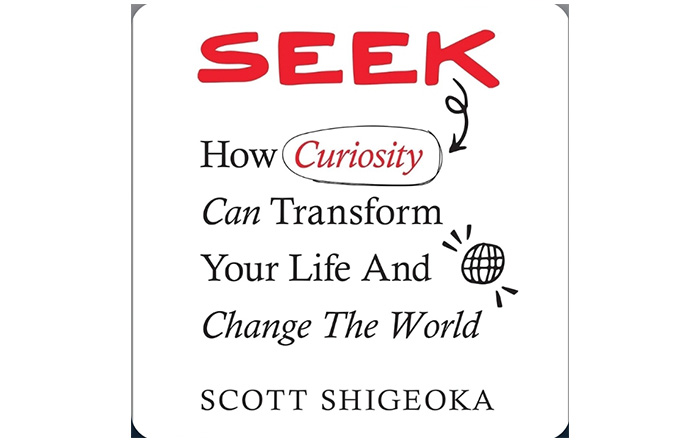Where to find this idea:
Seek: How Curiosity Can Transform Your Life and Change the World by Scott Shigeoka
What pops into your mind when we say “curiosity?” Gathering information? Wondering? Learning new things?
If you’re nodding, you’re spot on. These all capture the intellectual aspect of curiosity that helps us acquire knowledge and skills. But there’s another side to curiosity we often overlook. Curiosity isn’t just a tool for learning, it’s also a force for connection.
When we use curiosity as a way of connecting, the goal is not to know, but to understand. And that’s also when we move from shallow to deep curiosity.
Deep curiosity is a search for understanding that leads to connection and transformation. It involves a willingness to ask big questions, explore nuanced perspectives and challenge assumptions. It helps build stronger relationships, even across lines of differences. It doesn’t ask whether you are a Democrat or Republican. It asks what your values are. Deep curiosity shows that curiosity goes beyond our minds and stirs our hearts. With deep curiosity, we don’t only receive information, we also expose ourselves to other people and experiences. We don’t only wonder, we also wander.
This is not to say that deep curiosity is better than shallow. We need both small talk and big questions. Shallow curiosity is important in day-to-day life. We don’t want to remove it, but to complement it with deep curiosity. One day we’ll ask what your name is, the next day what the story of your name is.
The issue is that some people are constantly in shallow curiosity because it’s more predictable and comfortable. But if we don’t experience the discomfort of deep curiosity, we’ll never reach that deeper understanding of others and ourselves.
Curiosity is like a muscle — we all were born with it, and we can strengthen it with practice. As you practice curiosity, you’ll be able to move from shallow to deep curiosity, and also inspire those interacting with you to do the same. Curiosity really is contagious, so let’s spread it.

